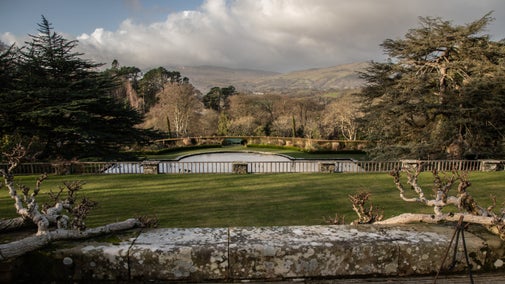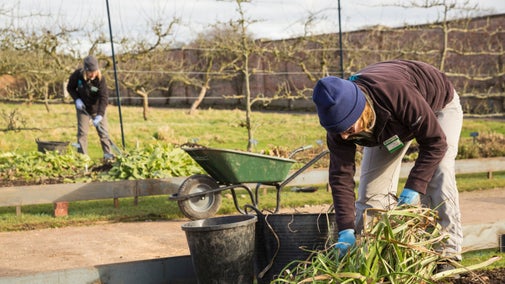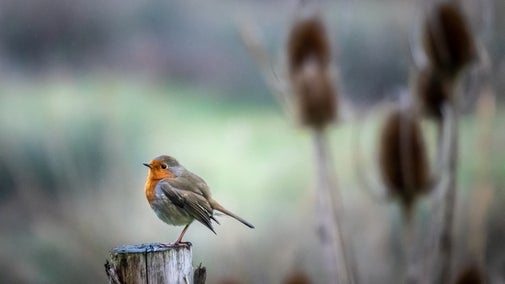
Discover more at Rosedene
Find out when Rosedene is open, how to get here, the things to see and do and more.

The four acres of land in which Rosedene lies have been carefully restored to reflect the self-sufficient ways of the first Chartist settlers who lived in the cottage. Discover more about the kitchen garden at Rosedene.
The restoration of the garden at Rosedene began in 2000, when it was reconstructed as a small kitchen garden to demonstrate how it would likely have looked in the days of Rosedene’s first Chartist settlers. They would have needed to maximise the productive areas within their four acres in order to be as self-sufficient as possible.

As such, the vegetable beds show the rotation of crops on a four-year cycle, with the produce in each quarter giving space to different family groups. Each family group of vegetables provides a different additional use:
Rhubarb and strawberries are also planted to illustrate the Chartists’ move from self-sufficiency to cash cropping, or growing crops to sell for profit.
Since the garden restoration began, the area has been managed to organic standards and the four acres are certified as organic.
The garden area also contains more recent plantings of ornamental shrubs and small trees, most likely planted by Rose Crisp in the 1950s and 1960s.

The orchard was similarly replanted in 2006 to reflect the original nature of the space. A variety of fruit trees, including Pershore and Warwickshire drooper plums and Pitmaston Pineapple and Worcester Pearmain apples, can now be found within the garden.
Every September the orchard is harvested by a team of volunteers with the produce taken to nearby Hanbury Hall, and sold in the Walled Garden as part of the Apple Harvest.
The garden at Rosedene offers seasonal delights throughout the open season. See the orchard filled with blossom in late April and May and the wildflowers appear in late spring and summer. In autumn the trees are heavy with fruit and the beautiful colours of the season can be seen all around.

Find out when Rosedene is open, how to get here, the things to see and do and more.
Discover more about Rosedene, a small cottage built as part of the Great Dodford Chartist settlement in the mid-19th-century, and the people who lived there.

From 18th-century water gardens and Arts and Crafts landscapes to intimate woodland gardens, there are so many places to discover.

Discover our gardeners’ top tips so you can make the most of your garden, plot or window box.

Discover veteran trees, sweeping parkland, historic orchards and river gardens, with exotic trees and vines that burst with colour throughout the year.
